After Pistoia my brother and I headed to Valdinevole to visit the Terme di Montecatini, in particular the Terme di Tettuccio and the Terme Leopoldine, we never imagined that we would be in front of such a show, while I show you the photos I bring you the history of civilization that has come to realize this architectural spectacle, a sort of monument dedicated to the water that flows from the springs downstream of Montecatini Terme.
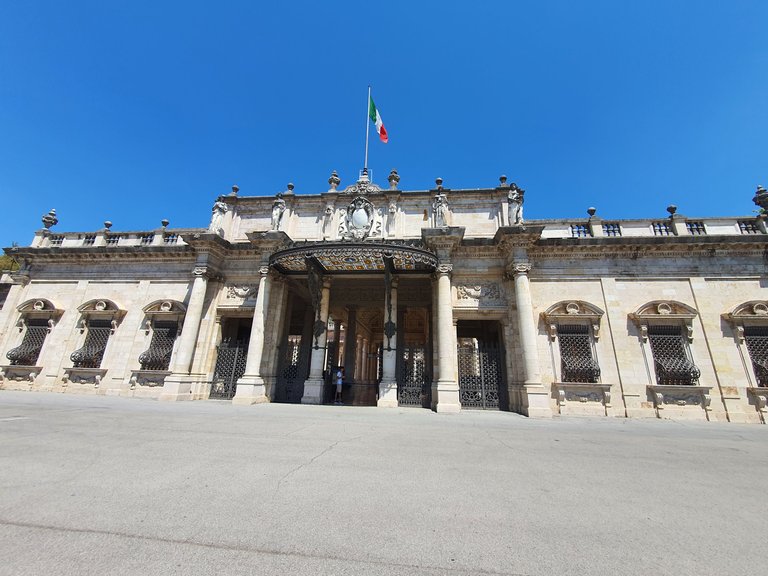
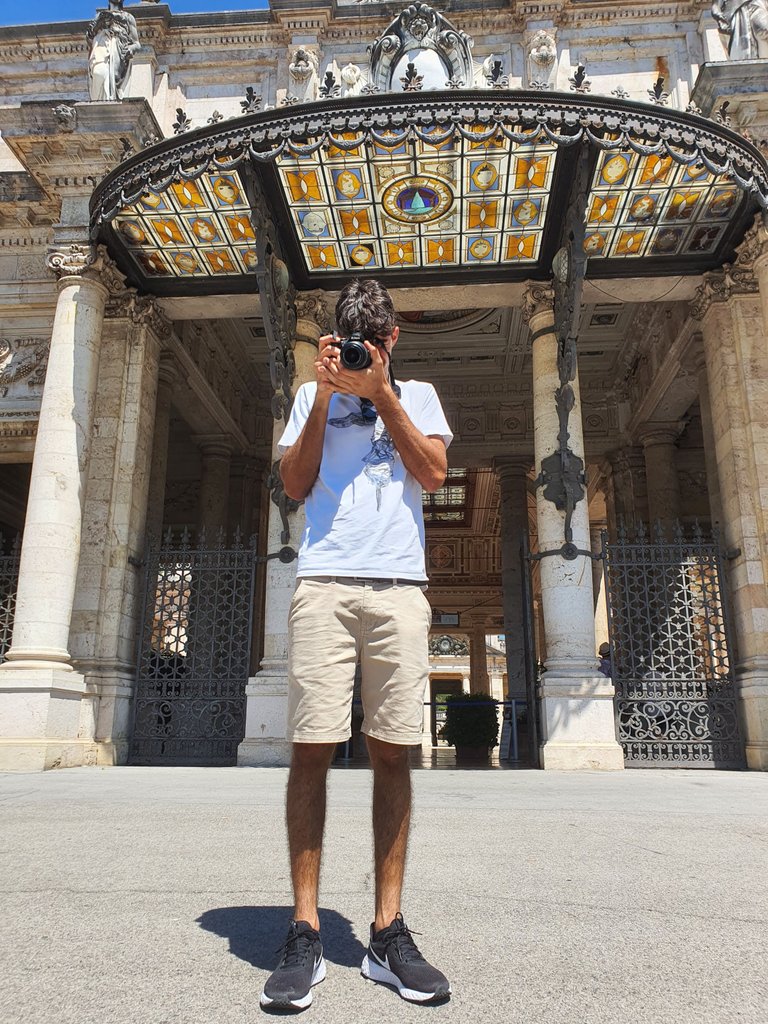
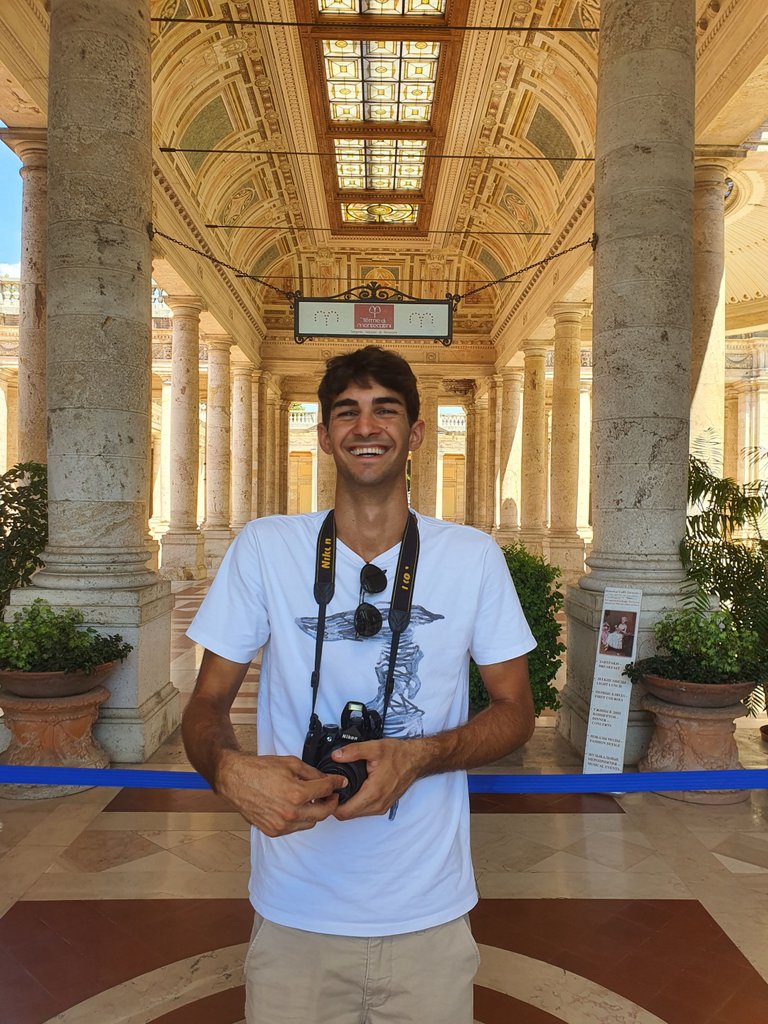
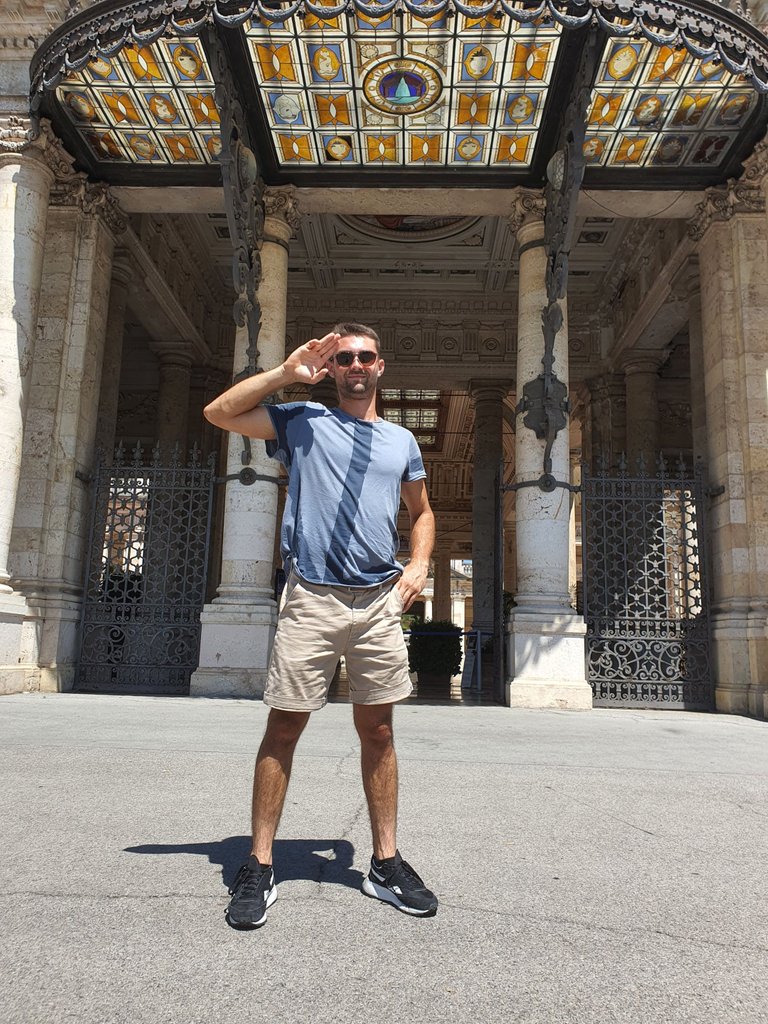
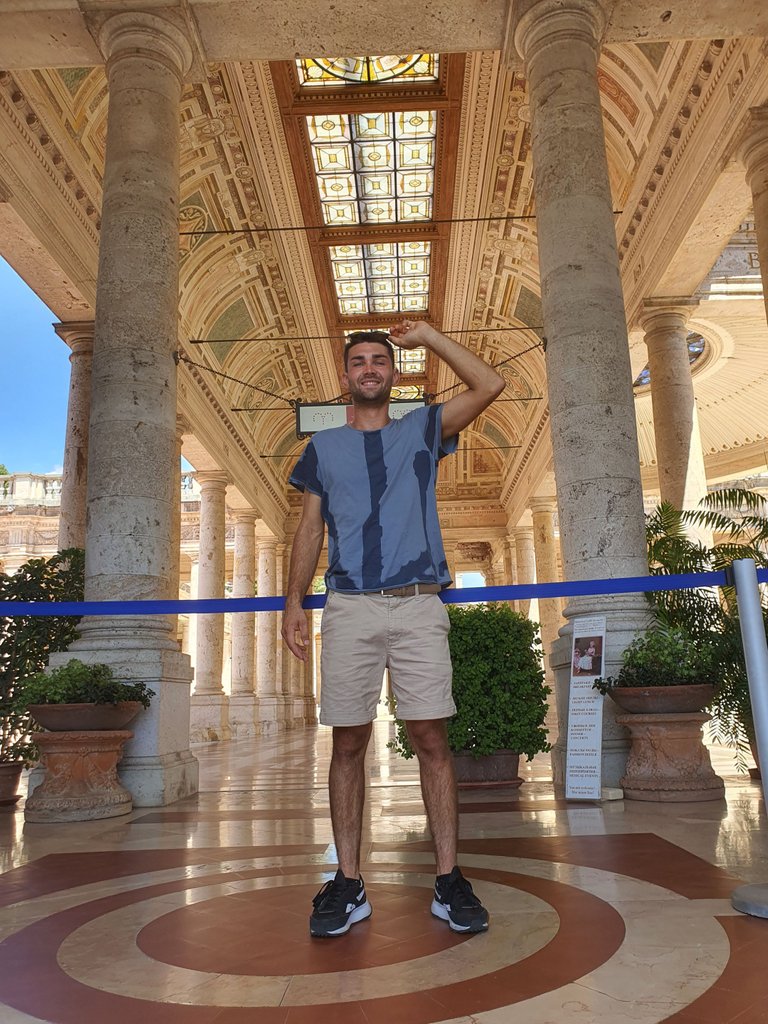
HIGH MONTECATINI
The parish of Montecatini Alto dates back to the time of the Lombards, but the most certain memory as a village, castle and walled land dates back to 1074 when Ildebrando king of the Lombards made a testamentary gift of the sixth part of his rights over the parish to the episcopate of S. Martino di Lucca to which the donation to the bishop of Lucca of the complete possession of the Montecatini hill was added later in 1084. Montecatini thus entered the orbit of Lucca. One hundred years later, thanks to this protection, he had the strength to be sufficient in common and use the first municipal freedoms, gradually moving towards autonomy, outside the prestigious, but also looming, power of Lucca starting from 1164.
Montecatini Alto has a truly fascinating dramatic history and at the same time a territory founded by centuries of guerrillas and tensions between the powerful families and the cities that dominated Tuscany over the centuries.
Montecatini historically dates back to the Lombard era, in fact it was King Ildebrando who gave the city of Montecatini to the Bishop of Lucca, in the next hundred years Montecatini will gradually build up its autonomy by exercising the first municipal freedoms.
During the Wars between the Guelphs and Ghibellines, the city declared itself a Guelph succeeding in achieving small military successes and creating a monumental defense system, Walls, Fortresses and Guard Towers.
At the end of the twelfth century it came under the Lucchese power while maintaining municipal autonomy.
On the borders of the Valdinevole the Florentine power is established which makes a clash that does not include only Montecatini but the entire dominion of Tuscany inevitable. The war history and the tensions become interesting but to shorten it all we can say that Montecatini resisted countless times thanks to known figures of the Allied forces, but fell several times under the Medici domain which held grudges against the city and the inhabitants for the military strength and impregnability of the city, which in fact decided to smash it from its foundations and so the army for days attacked walls and unsatisfied houses set fire to the municipal documentation relating to the history of the city.
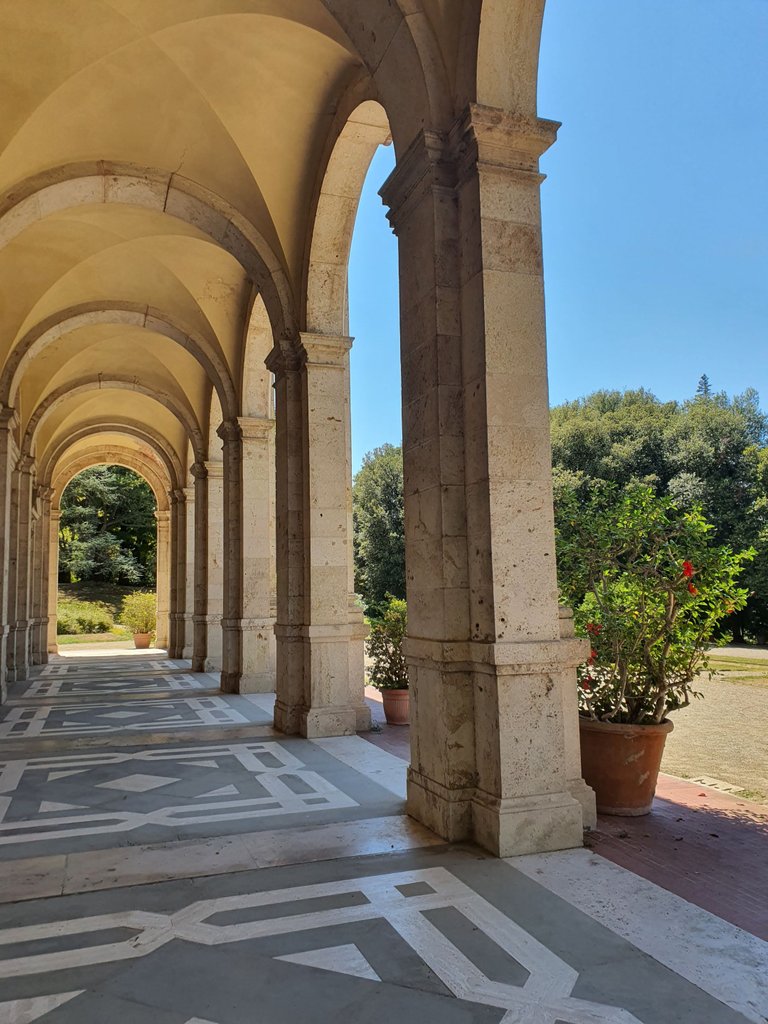
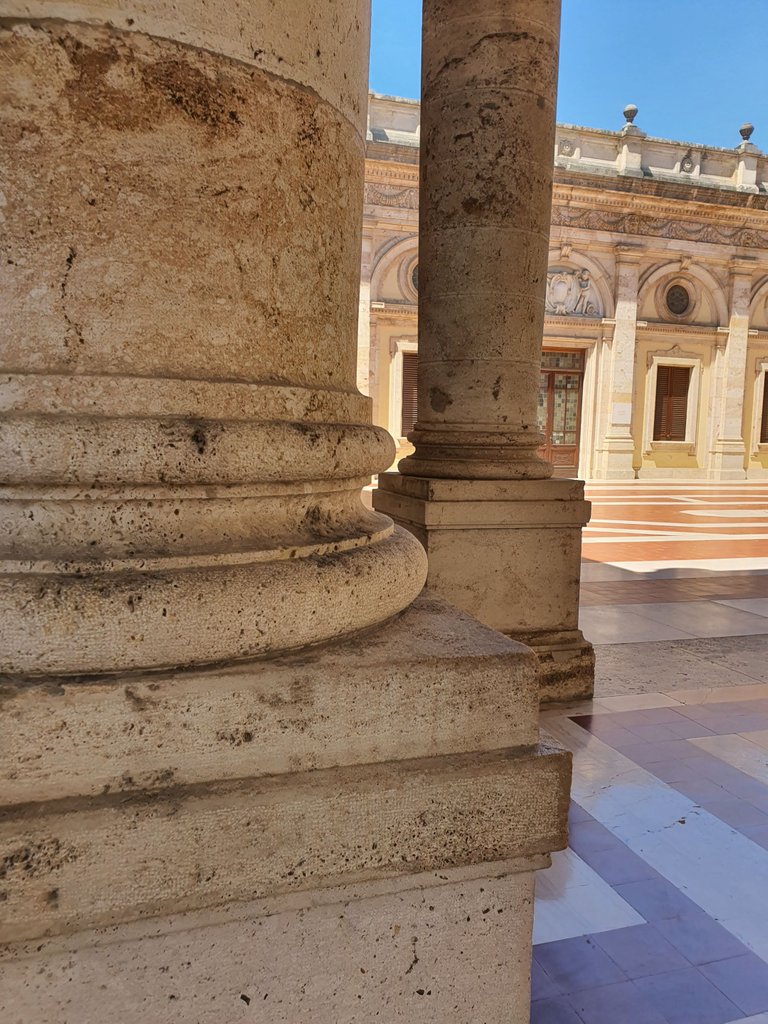
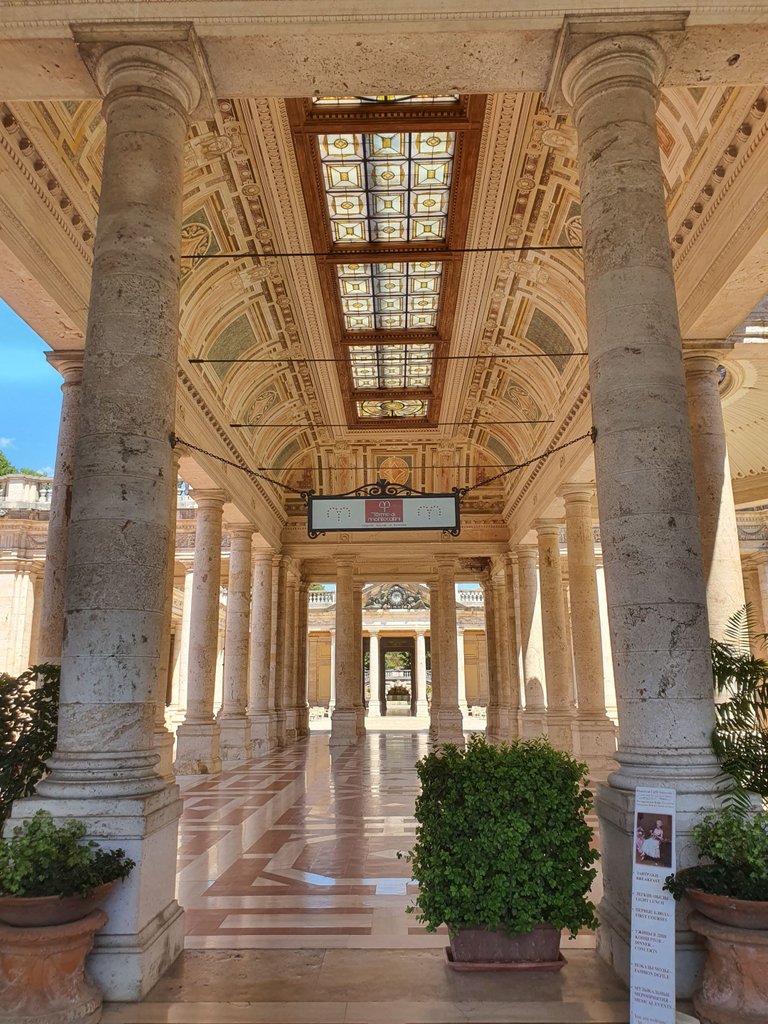

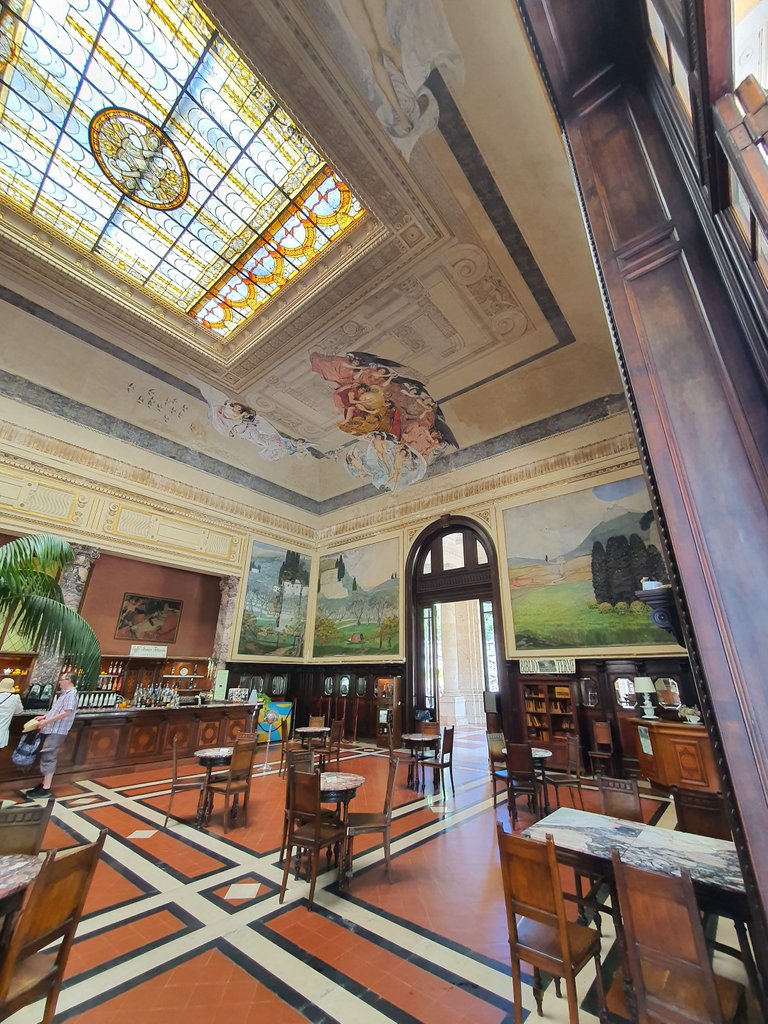
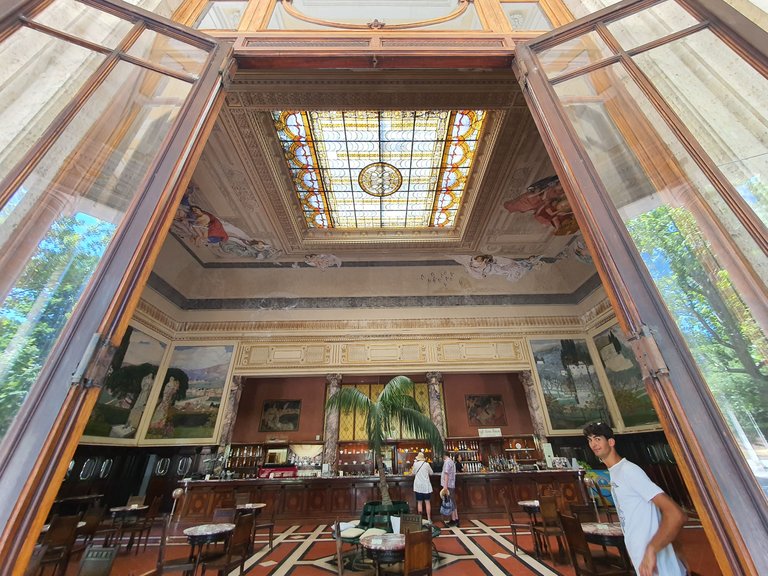
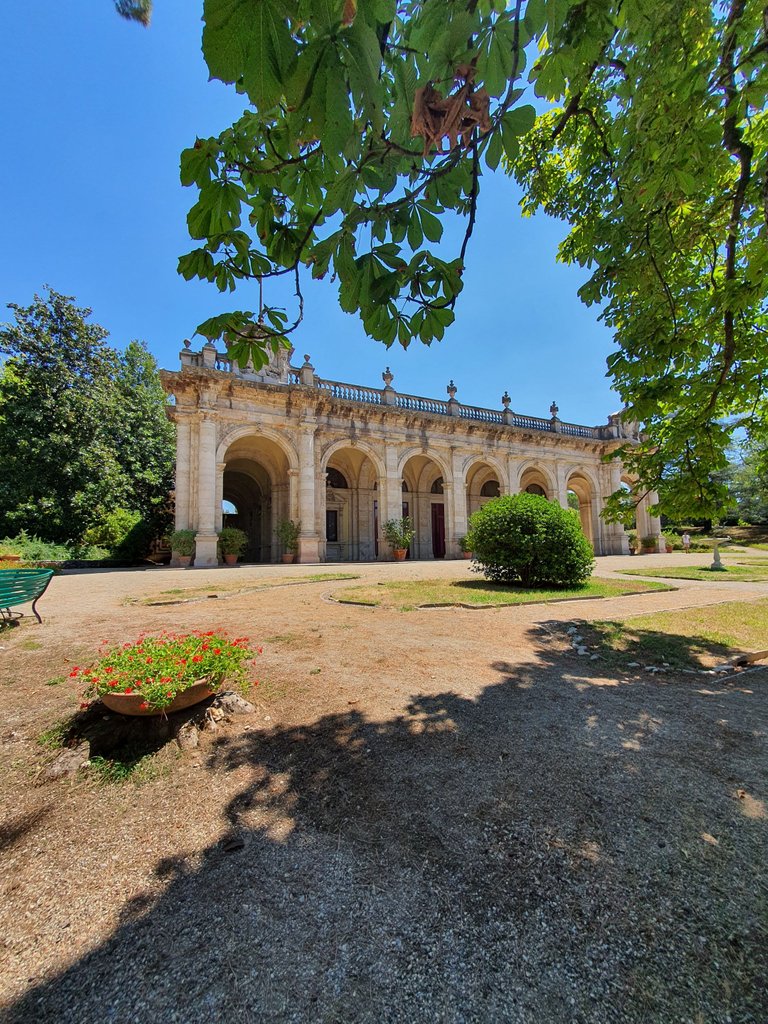
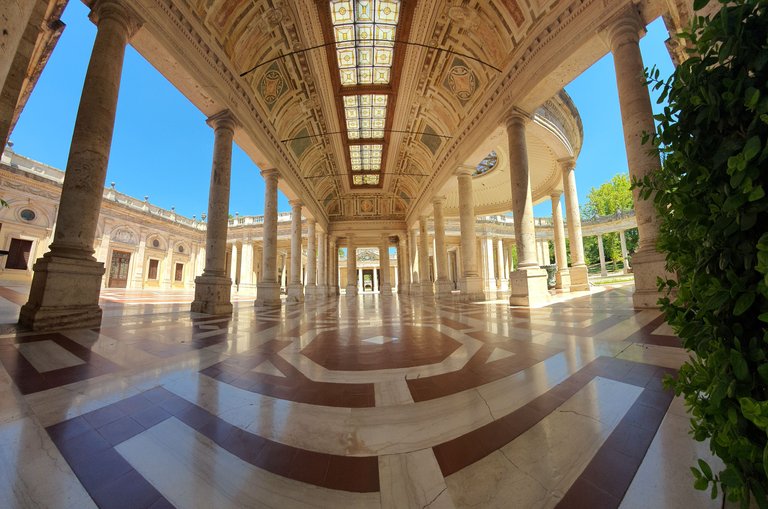

At this point Montecatini reaches a really high standard for the quantity and quality of infrastructures for overnight stays, Relaxation and Sport, restaurants, theaters and night clubs arise. At the beginning of 1900 the city was frequented by personalities such as Giuseppe Verdi, Pietro Mascagni, Luigi Pirandello. It thus became an internationally renowned meeting point of the intellectual life of the time.
In the twentieth century, following the canons of the Belle Epoque, the town was transformed into an Art Nouveau style and the Torretta and excelsior establishments were born and the historic Terme Leopoldine and Tettuccio were restored.
The thermal waters of Montecatini are known for the care of the liver, the digestive system and the cardiovascular system, the bone skeleton, the respiratory system and the skin. 'anxiety.
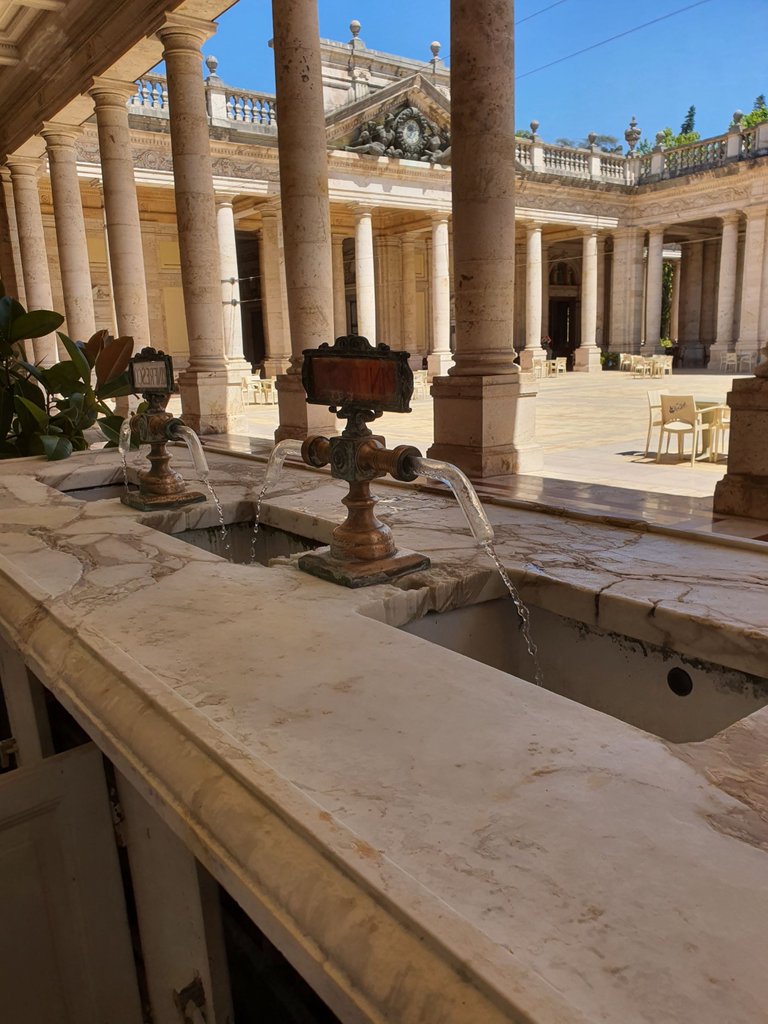
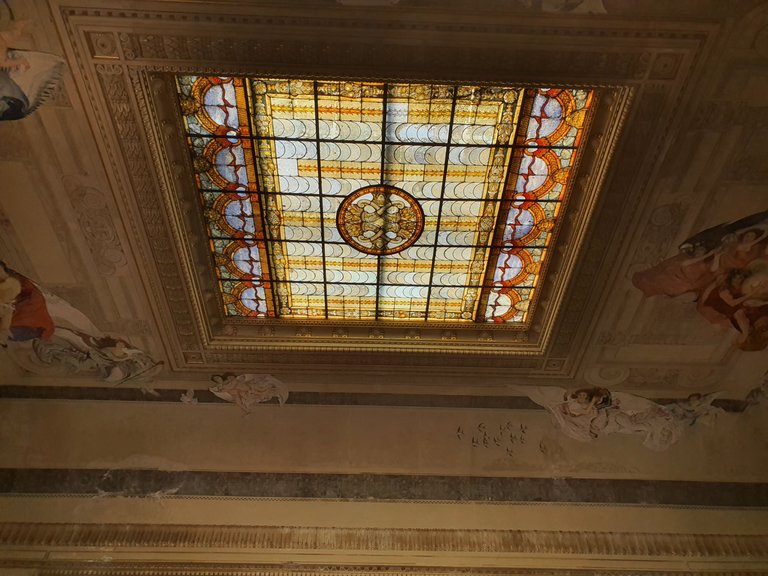
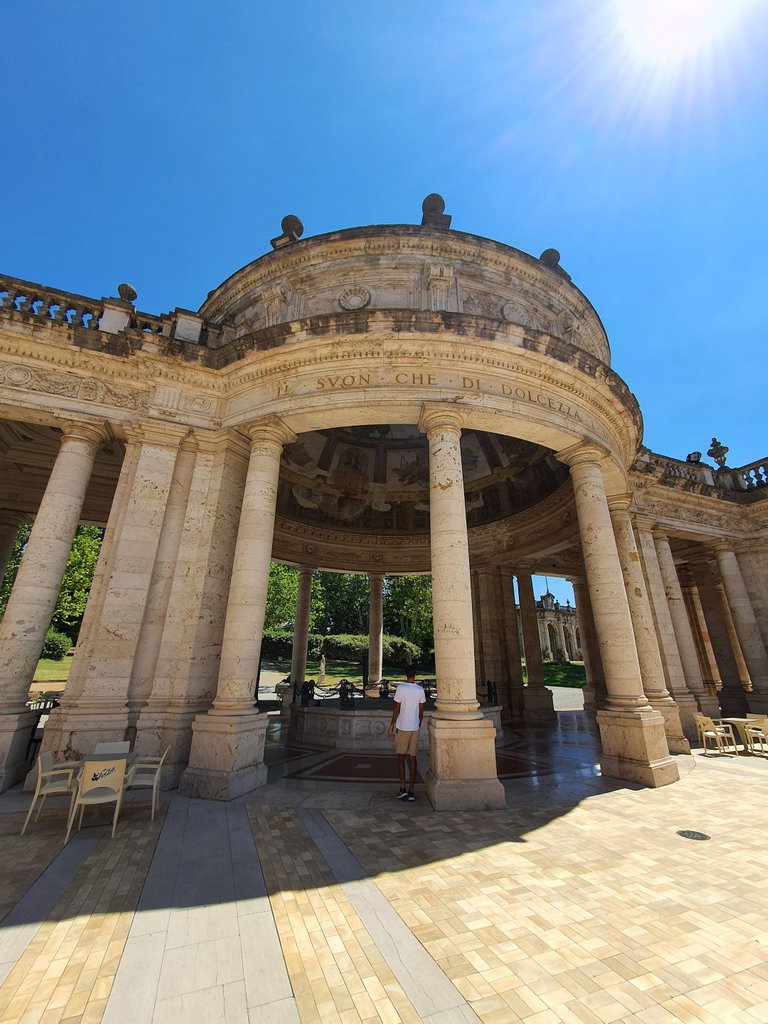
The name roof of the establishment derives from the presence of a roof that covered the first source.
The architect who designed the building is Gaspero Maria Paoletti hereinafter the architect UGO Giovanozzi presents a renovation project based on the style of the Roman Baths is characterized by the presence of imposing columns, grandstands and fountains.
The park where the building is located is known for the variety of plants such as Cedars of Lebanon, Palms, Sequoias, Maples, Laurels, Wisteria, Pines and Lime trees.
At the entrance we are welcomed by a large wrought iron canopy and polychrome stained glass works by MANIFATTURA BERTI artisans of Pistoia.
On the top of the façade there are 4 main statues sculpted by Corrado Vigni representing the Source, Medicine, Hygiene and Health.
The fountain that can be seen clearly in the photos and in the gif is made of granite by SIRIO TOFANARI, a Florentine sculptor who signs himself in the carapace of the crab of the sculpture.
on the architrave of the colonnade of the source there is the dedication to the thermal spring: "BALSAM THAT TAKES OUT COMES FROM UNDERGROUND AND OPENS IN THE CLEAR DAY"
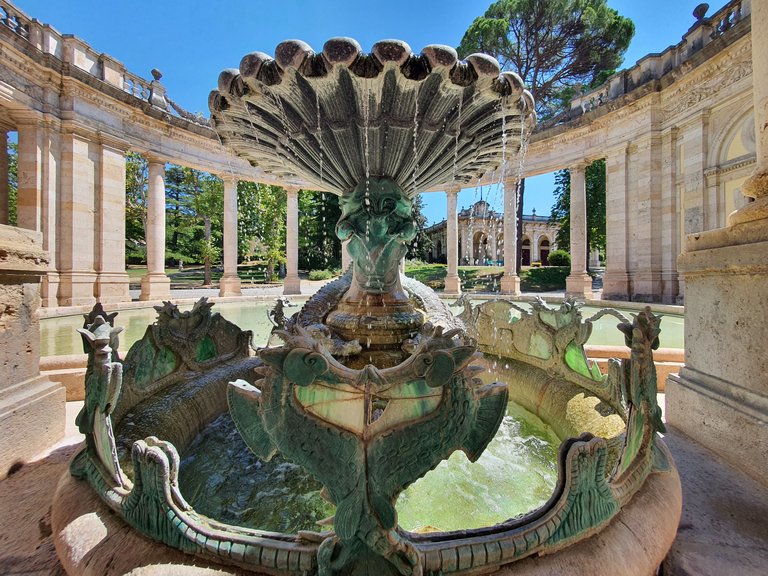
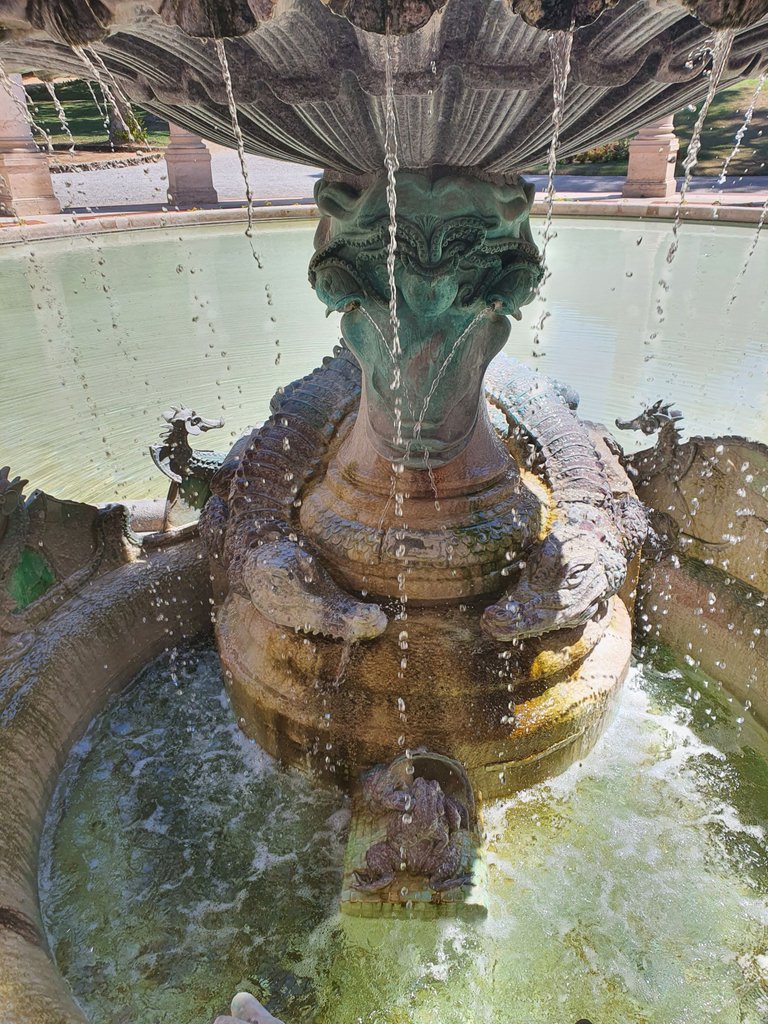
The frescoes inside the dome are made by Ezio Giovannozzi and portray various instrumental groups, I call it a stiff neck masterpiece because those who admire it can hardly take their eyes off in a short time.
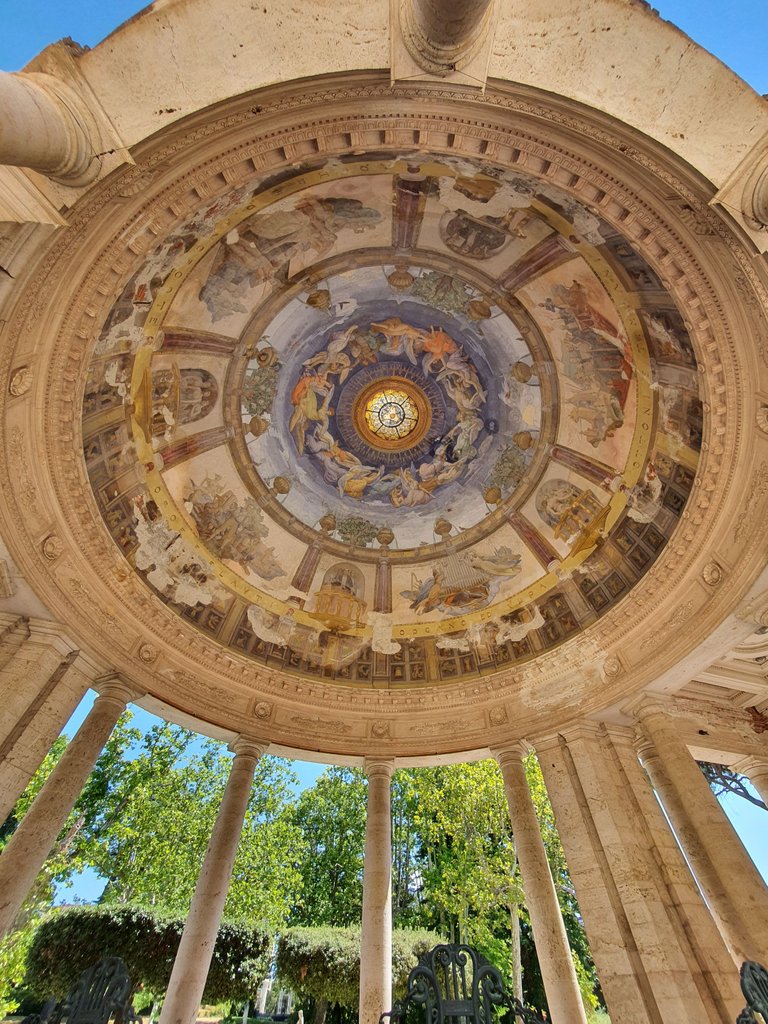
The Fountains are a masterpiece of marble inlays which carry the title back to Childhood; Adolescence; Beauty; The source; The force; Maturity; Old age.
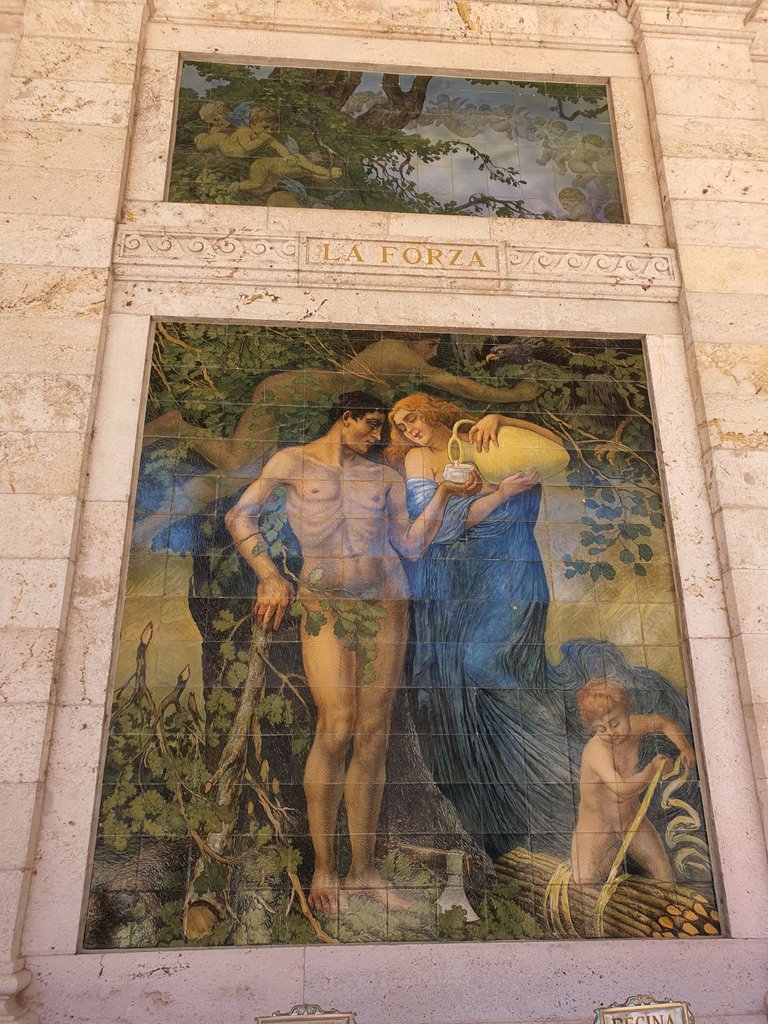
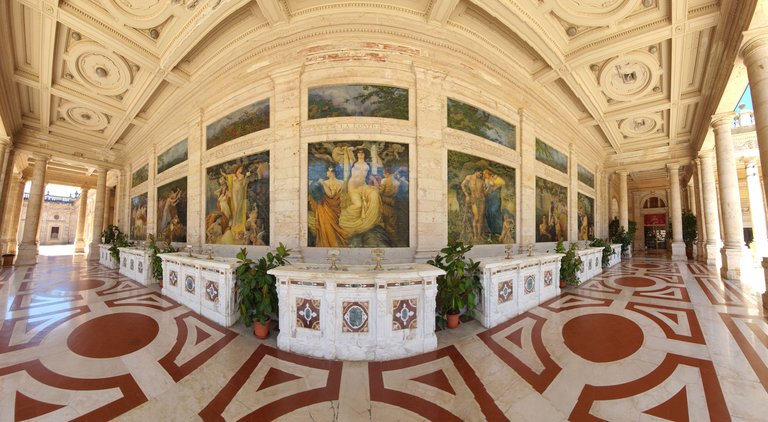
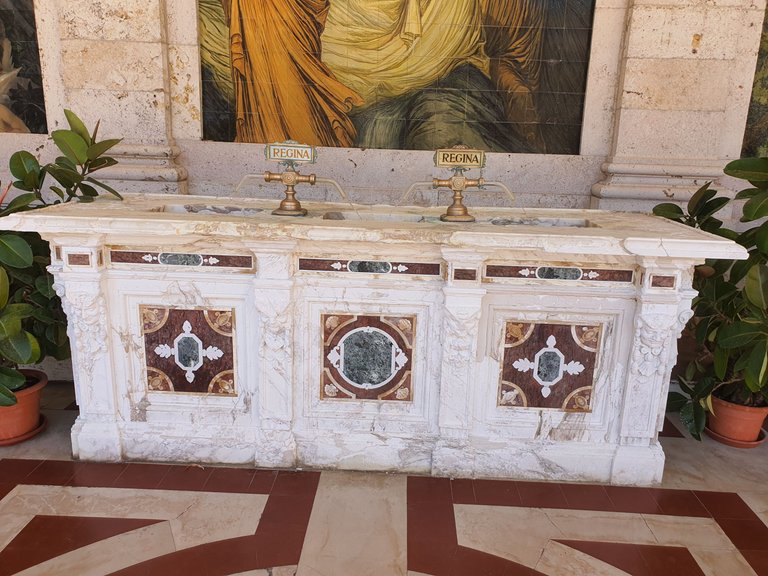
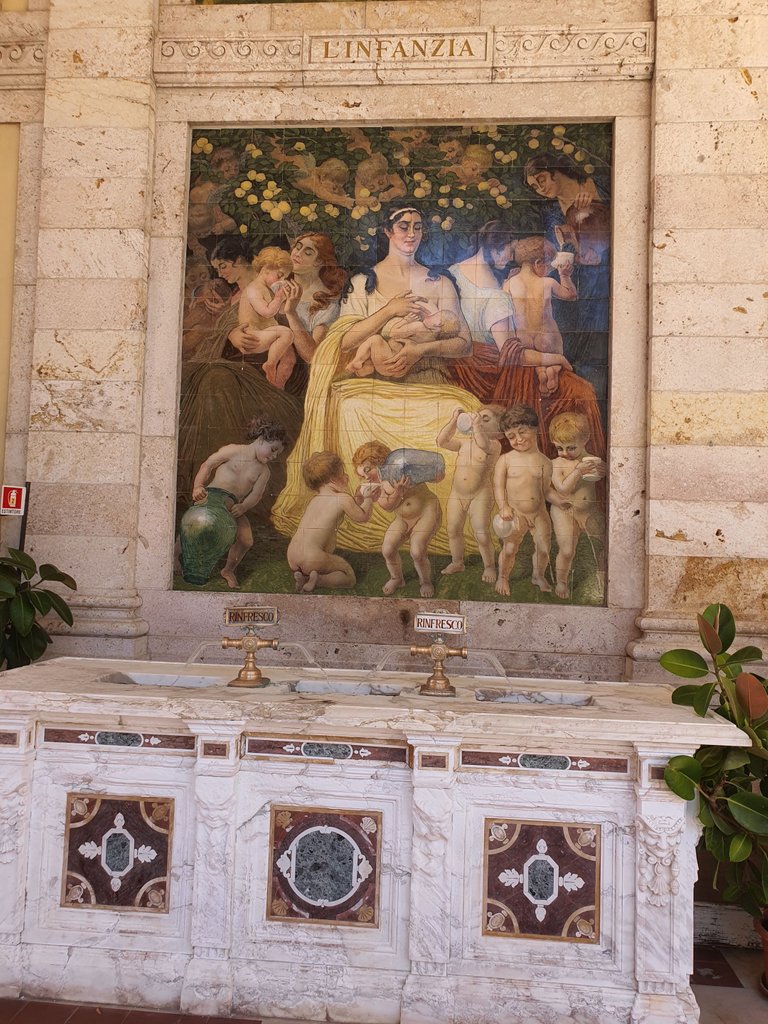
Terme Tamerici:
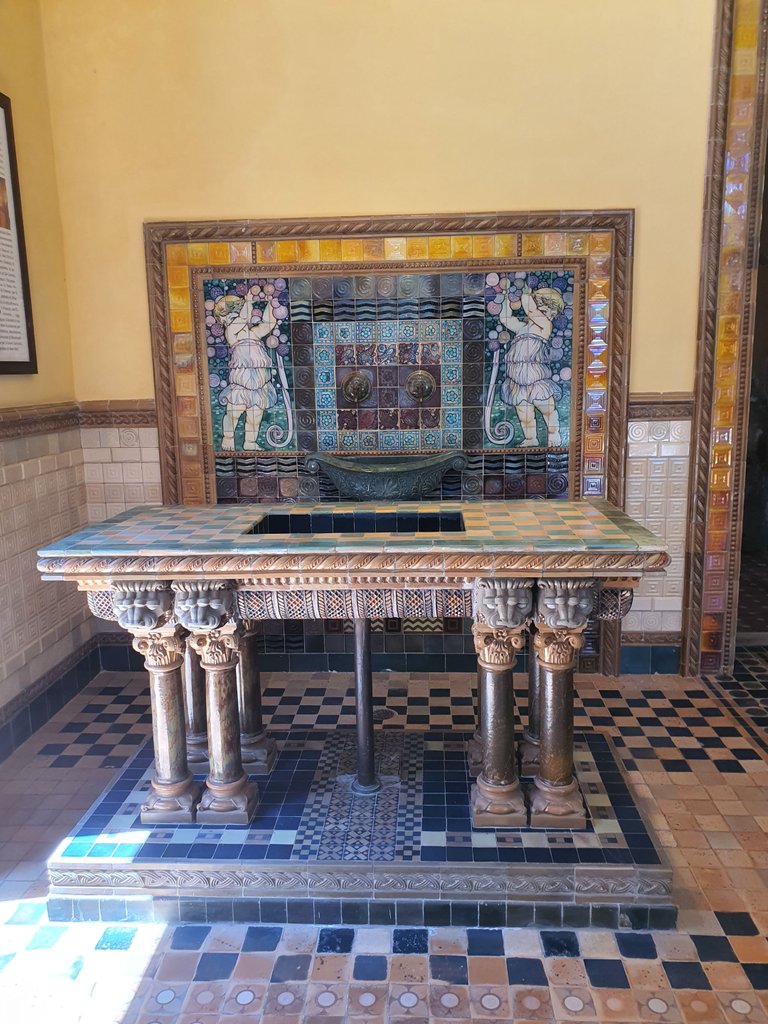
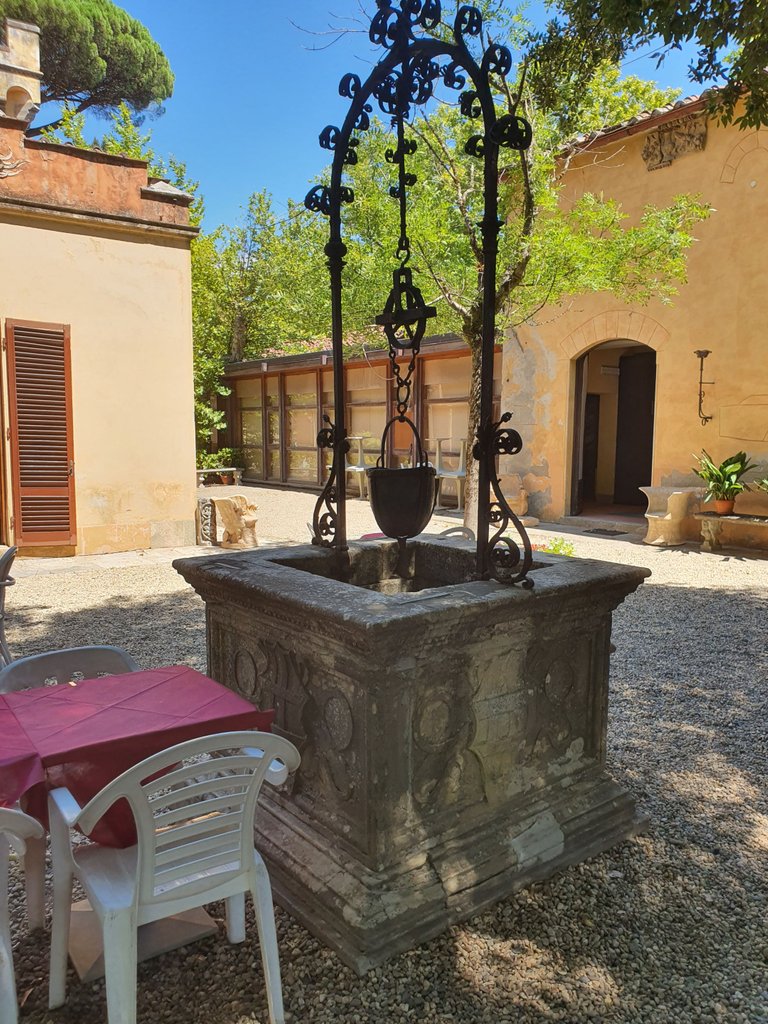
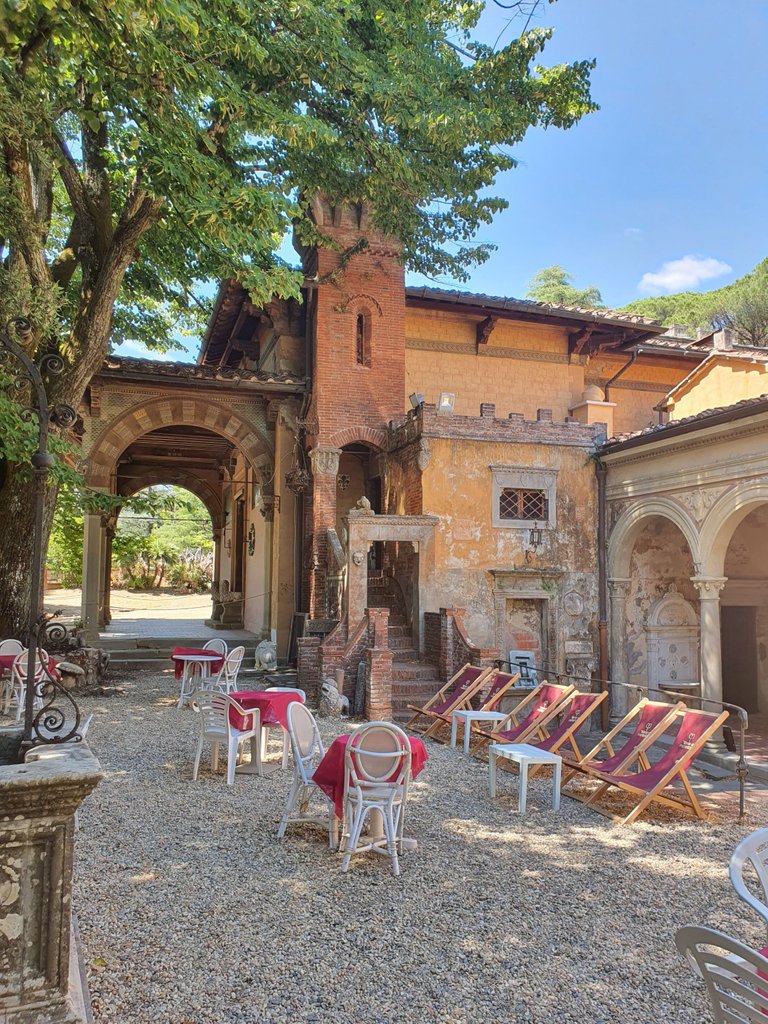
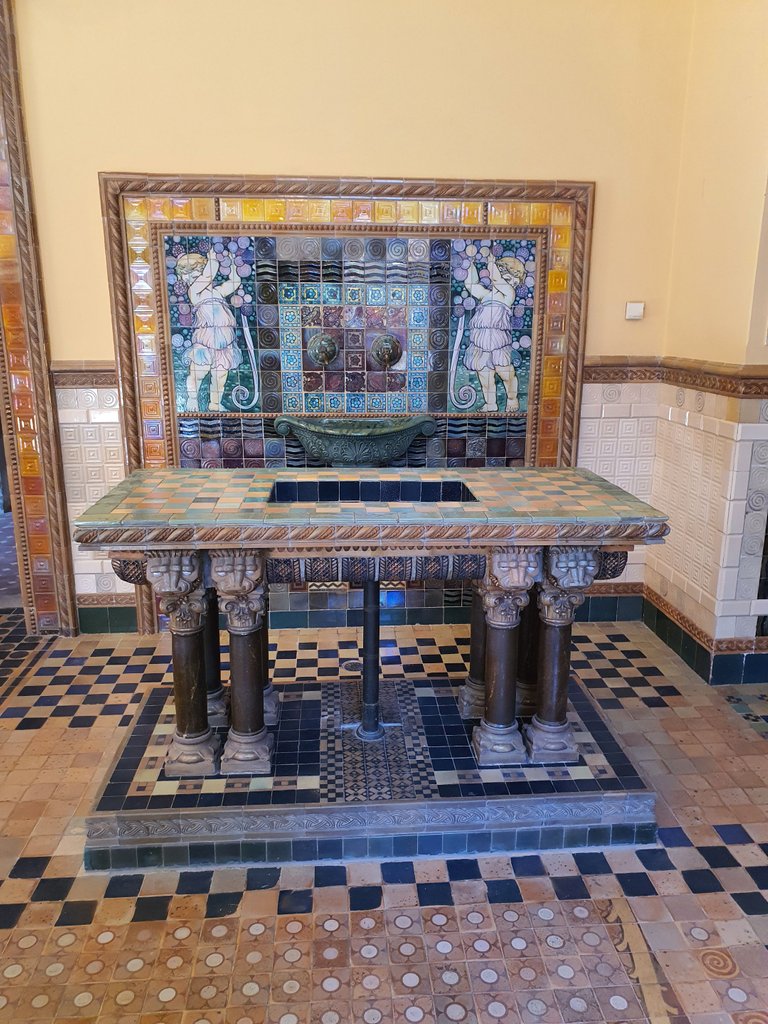
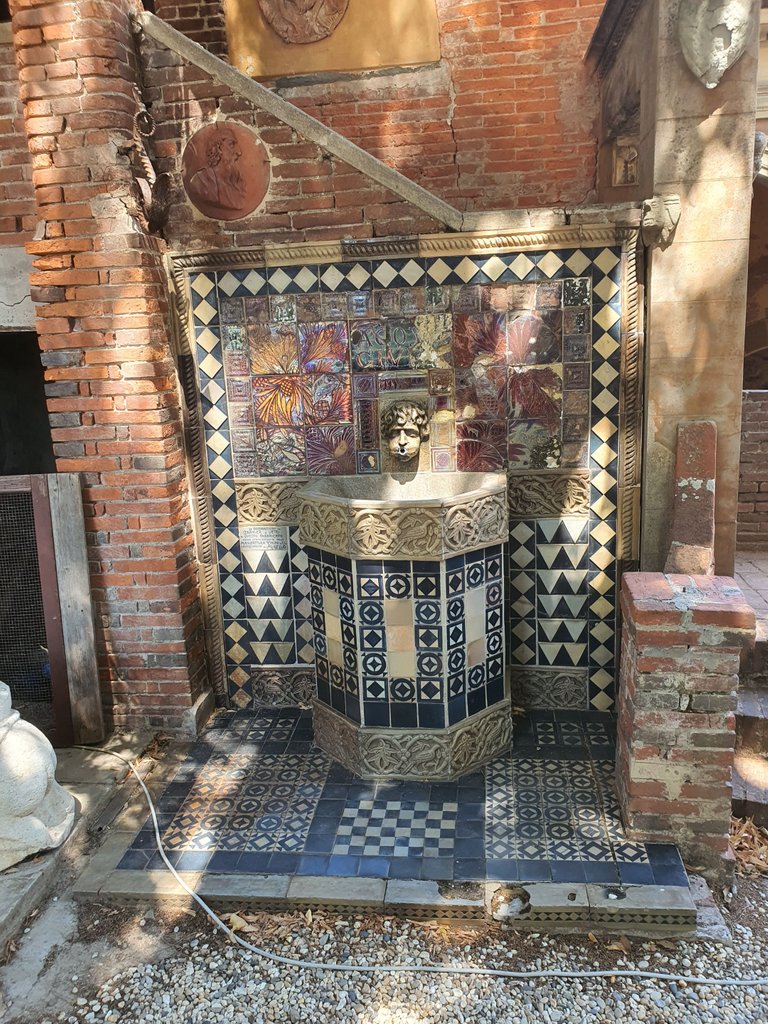
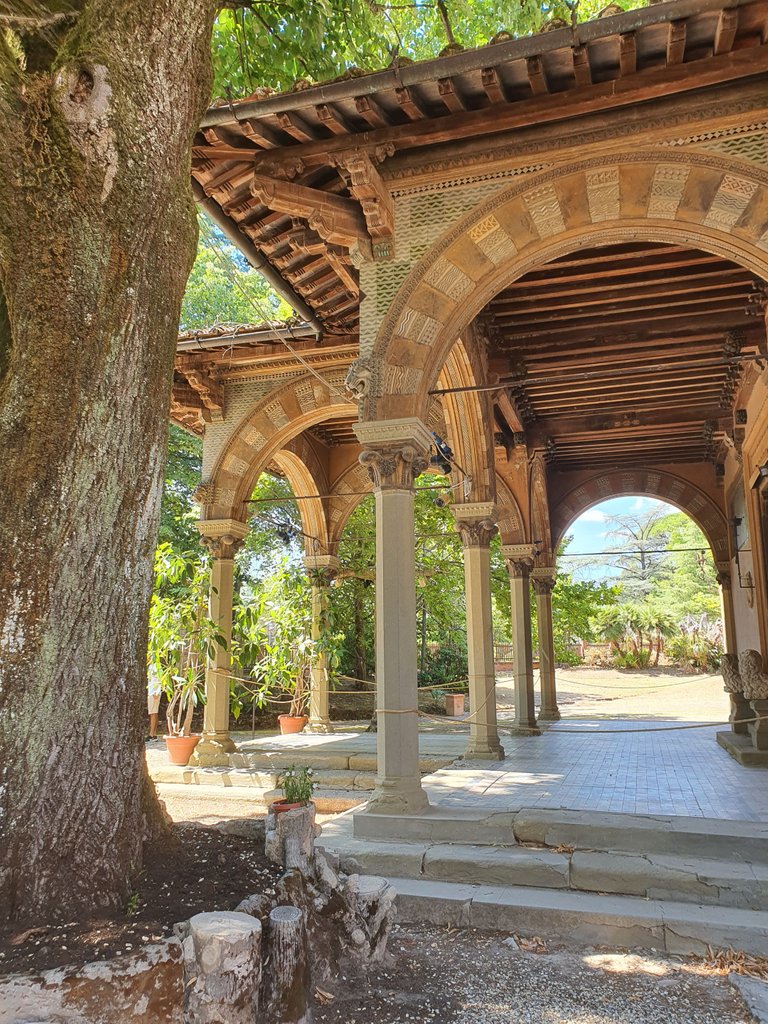
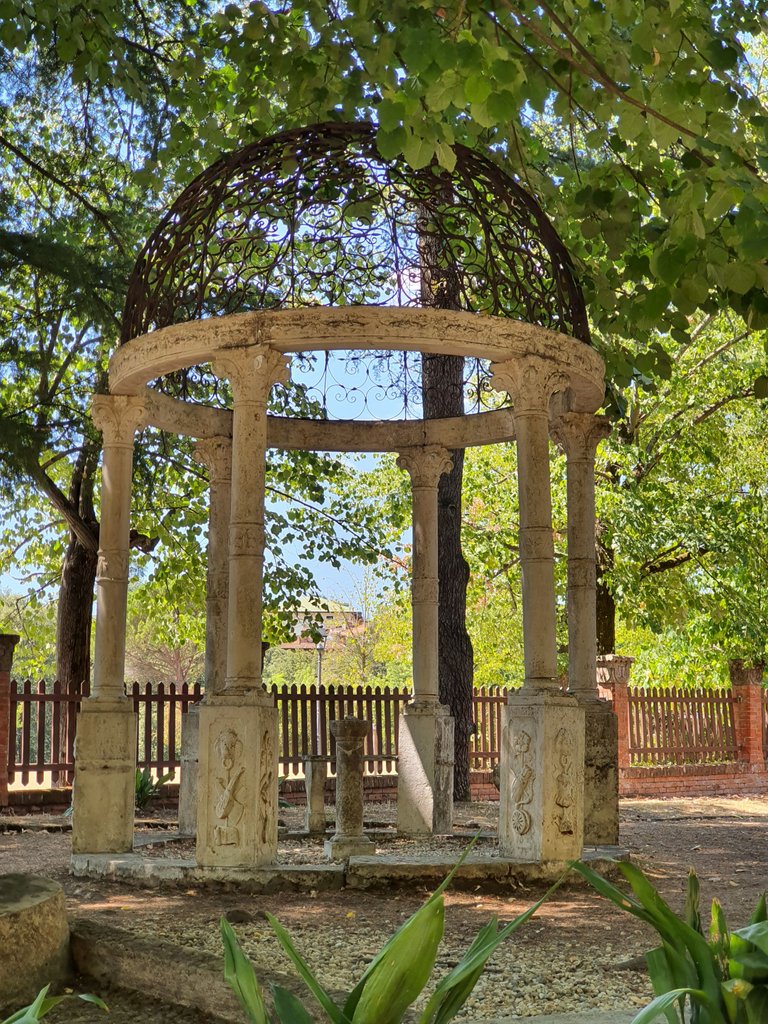
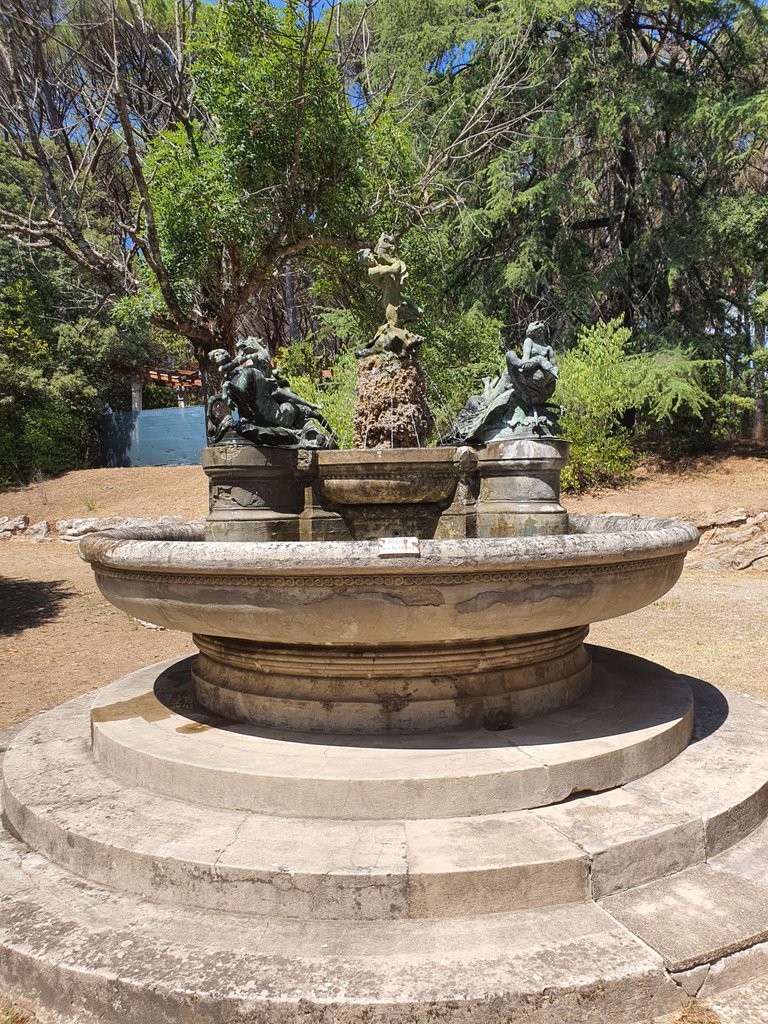
Congratulations, your post has been added to Pinmapple! 🎉🥳🍍
Did you know you have your own profile map?
And every post has their own map too!
Want to have your post on the map too?
Hiya, @lizanomadsoul here, just swinging by to let you know that this post made it into our Honorable Mentions in Daily Travel Digest #1652.
Your post has been manually curated by the @pinmapple team. If you like what we're doing, please drop by to check out all the rest of today's great posts and consider supporting other authors like yourself and us so we can keep the project going!
Become part of our travel community:
Congratulations @ilpaso! You have completed the following achievement on the Hive blockchain and have been rewarded with new badge(s):
Your next target is to reach 39000 upvotes.
You can view your badges on your board and compare yourself to others in the Ranking
If you no longer want to receive notifications, reply to this comment with the word
STOPCheck out the last post from @hivebuzz:
Support the HiveBuzz project. Vote for our proposal!